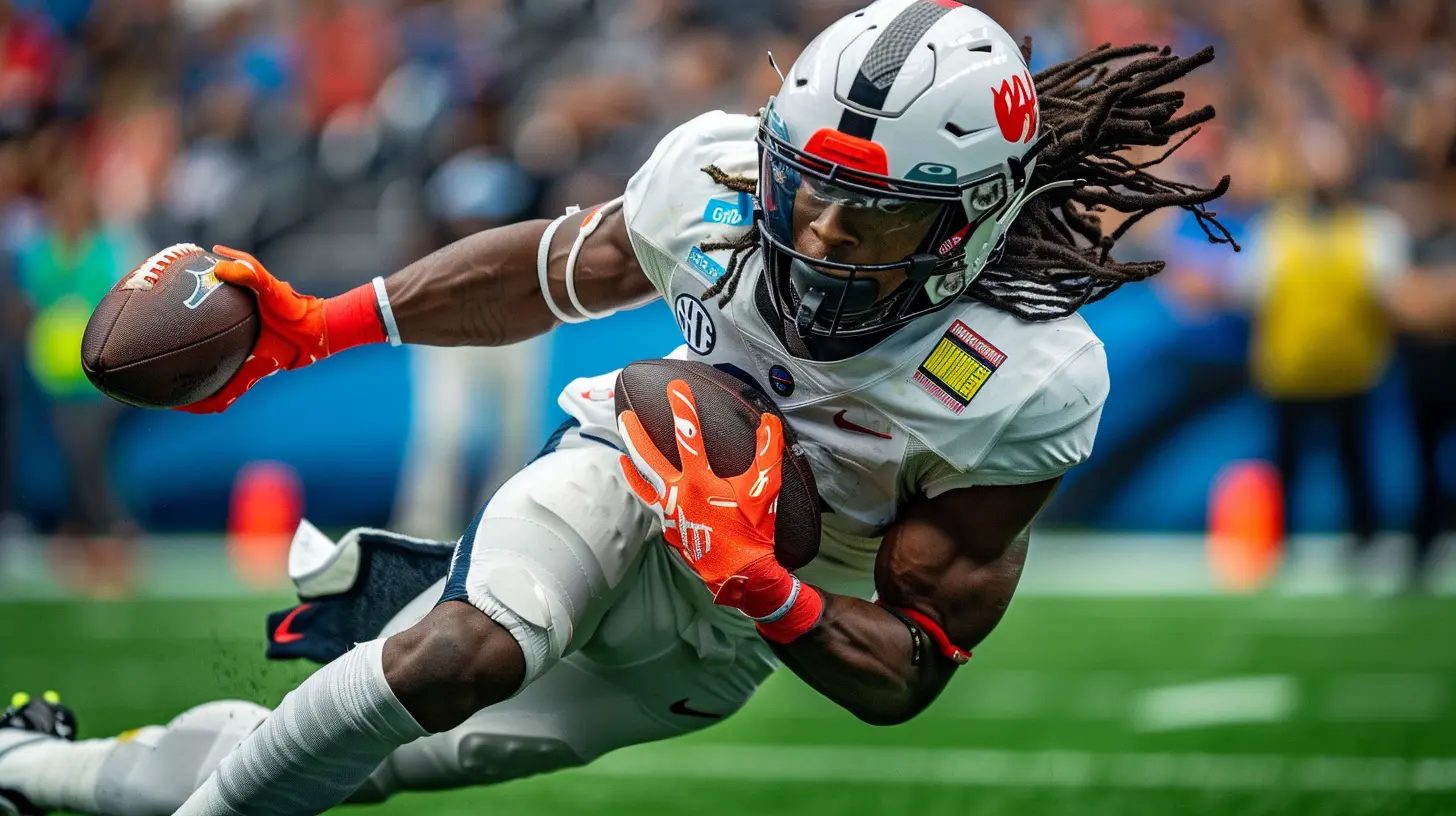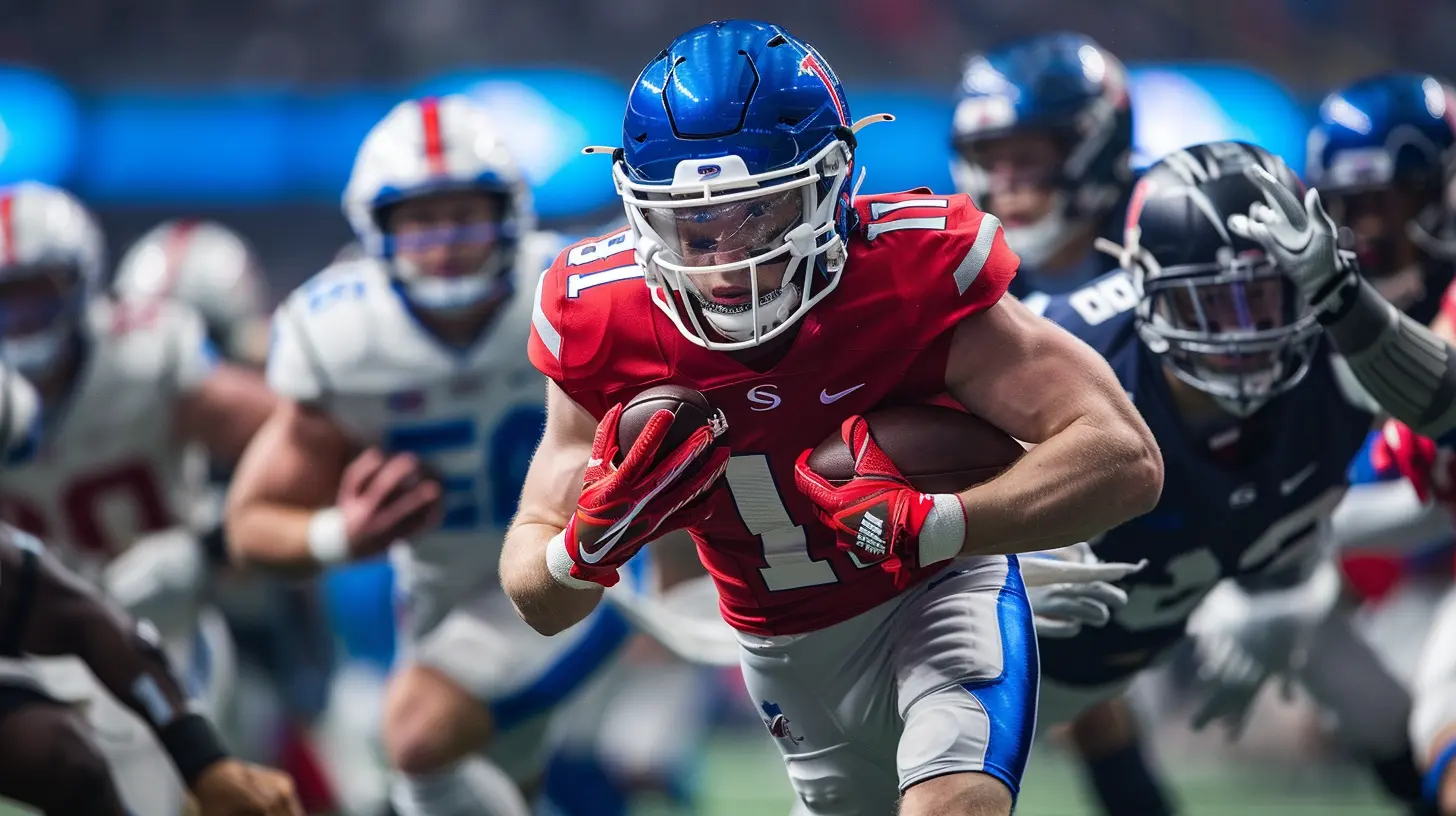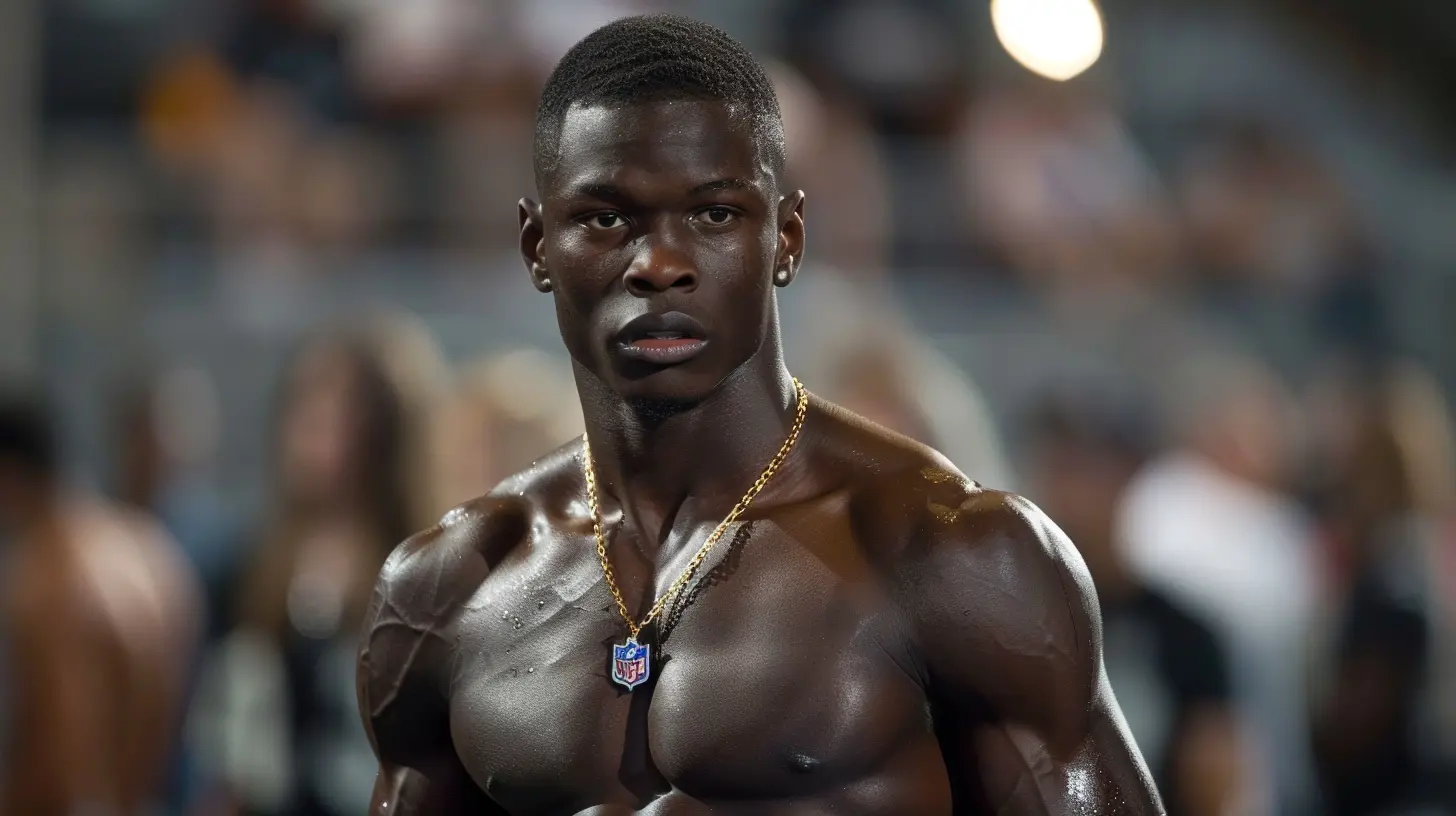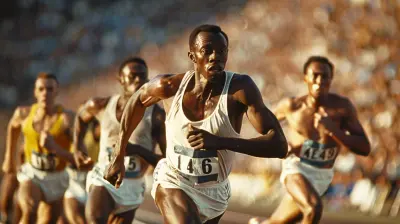The Science Behind Draft Combine Performances
9 August 2025
When draft season rolls around, athletes showcase their skills in what’s called the draft combine—a high-stakes proving ground where speed, strength, agility, and endurance are put under the microscope. But have you ever wondered what goes on behind the scenes? What makes one athlete stand out while another falls short?
It’s not just about raw talent; science plays a massive role in determining success at the combine. From biomechanics to sports psychology, every movement is analyzed and optimized. Let's break down the science behind draft combine performances. 
The Role of Biomechanics in Performance
Biomechanics is essentially the physics of human movement. At the combine, every drill—from the 40-yard dash to the vertical jump—is affected by an athlete's biomechanics.1. The 40-Yard Dash: The Science of Speed
Speed isn’t just about how fast an athlete can move their legs; it’s about technique, stride length, and power output. Here's how science plays a role:- Acceleration vs. Top Speed: The first 10 yards rely heavily on explosive power, while the final stretch depends on maintaining maximum velocity.
- Ground Contact Time: Studies show that the less time an athlete’s foot spends on the ground, the faster they are.
- Force Production: Athletes with greater lower-body strength generate more force into the ground, propelling them forward more efficiently.
Training programs focus on explosive starts, sprint mechanics, and even foot placement to shave milliseconds off their times.
2. Vertical & Broad Jump: The Power Factor
These two drills test lower-body explosiveness, which translates directly to in-game performance. But what determines a great jump?- Fast Twitch Muscle Fibers: Athletes with a higher percentage of fast-twitch fibers can generate explosive power more effectively.
- Optimal Knee & Hip Angle: The perfect squat depth before takeoff impacts how much force is applied.
- Stretch-Shortening Cycle: This refers to the quick transition from bending (eccentric phase) to jumping (concentric phase), maximizing elastic energy stored in muscles.
Basically, the higher and farther an athlete jumps, the better their ability to generate explosive power—crucial for sprinting, tackling, and cutting on the field. 
Strength & Conditioning: The Engine Behind Elite Athletes
Strength isn't just about lifting heavy weights—it’s about functional power that translates into athletic performance.3. Bench Press: More Than Just Upper-Body Strength
The 225-pound bench press test measures endurance-strength rather than max strength. But it's not just about brute force; it’s about efficiency:- Grip & Bar Path: A wider grip decreases range of motion, leading to more reps.
- Muscle Endurance vs. Max Strength: Some athletes have immense one-rep max strength, but lack endurance to sustain multiple reps.
- Neuromuscular Efficiency: Training fast-twitch muscle fibers improves endurance in high-rep scenarios.
Interestingly, this drill is more relevant for positions requiring upper-body durability (like linemen) rather than speed positions (like receivers or defensive backs).
4. Agility Drills: The Science of Quickness
Agility is the unsung hero of an athlete's skill set. Drills like the 3-cone drill and shuttle run test an athlete’s ability to change direction quickly. Key factors include:- Reaction Time: Quick decision-making improves agility scores.
- Hip Mobility & Core Stability: The more fluid an athlete moves, the faster they cut and pivot.
- Foot Placement: Efficient footwork minimizes wasted motion and maximizes speed.
Agility training focuses on improving reaction times, sharpening neuromuscular connections, and enhancing flexibility. 
The Mental Side of Combine Performance
Athletic ability is one thing, but sports psychology also plays a massive role in combine success. Nerves, pressure, and expectations all affect performance.5. Cognitive Testing: Measuring Football IQ
Teams don’t just want fast, strong athletes; they want smart players who can process information quickly. That's why cognitive testing—such as the Wonderlic test—matters. These tests assess:- Decision-Making Speed: How fast an athlete processes and reacts to information.
- Memory & Retention: How well they remember and apply strategic plays.
- Problem-Solving Under Pressure: Football is a high-speed chess match; players must make split-second decisions.
A weak cognitive score might raise red flags, even if the athlete is physically gifted.
6. The Role of Stress & Pressure in Performance
Let’s face it—performing at the combine is stressful. Scouts are watching. The media is analyzing. Futures are on the line. Mental toughness is the difference between excelling and choking.- Cortisol & Performance: High stress increases cortisol levels, which can negatively impact reaction time, focus, and recovery.
- Visualization Techniques: Many athletes use mental imagery to prepare for drills, reducing anxiety and improving execution.
- Breathing & Relaxation Strategies: Controlled breathing helps manage nerves and optimize performance.
An athlete with a strong mental game will consistently deliver under pressure. 
The Impact of Nutrition & Recovery
Training hard is one thing, but fueling the body correctly is just as important.7. Pre-Combine Nutrition: Fueling for Peak Performance
Athletes fine-tune their diets leading up to the combine to maximize energy, endurance, and muscle recovery. Key nutritional factors include:- Carbohydrates for Energy: Athletes need glycogen stores topped up for explosive efforts.
- Protein for Muscle Repair: Helps with recovery, ensuring muscles are primed for performance.
- Hydration & Electrolytes: Prevents cramps and helps maintain focus during extended drills.
A poorly managed diet can result in fatigue, slower times, and diminished strength output.
8. Sleep & Recovery: The Secret Weapon
Recovery is where the real growth happens. Without proper rest, training efforts can go to waste.- Deep Sleep & Muscle Repair: Growth hormone is released during deep sleep, enhancing muscle recovery.
- Optimal Rest Before the Combine: Athletes taper their training leading up to the event to ensure they’re fresh.
- Cold Therapy & Mobility Work: Ice baths, stretching, and massage improve recovery and reduce injury risk.
Elite athletes don’t just train hard; they recover smart.
Conclusion
Draft combine performances aren't just about who can run the fastest, lift the most, or jump the highest. It’s a combination of science, biomechanics, mental toughness, and recovery strategies that make the difference.Understanding the science behind these performances reveals why some athletes shine on combine day while others falter. Whether it's fine-tuning sprint mechanics, mastering agility drills, or optimizing nutrition, every small advantage counts.
At the end of the day, the combine isn’t just a showcase of talent—it’s a testament to the countless hours of training, preparation, and scientific optimization that go into peak performance.
all images in this post were generated using AI tools
Category:
Draft PicksAuthor:

Onyx Frye
Discussion
rate this article
1 comments
Beatrix Hardy
Who knew running in spandex and doing jumping jacks could be a science? Next up: Combining coffee and couch-sitting stats!
September 2, 2025 at 4:02 AM

Onyx Frye
Absolutely! It’s fascinating how even seemingly simple activities can reveal so much about athletic performance!


